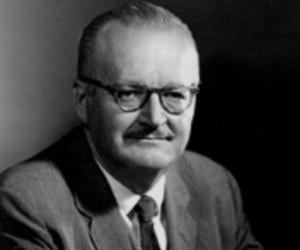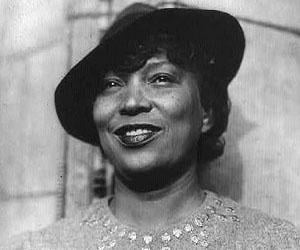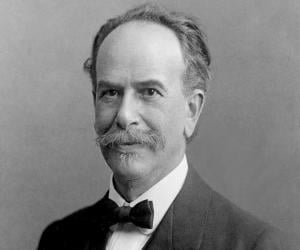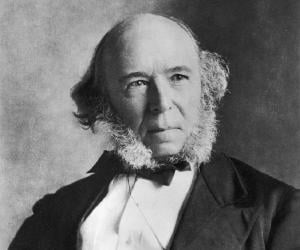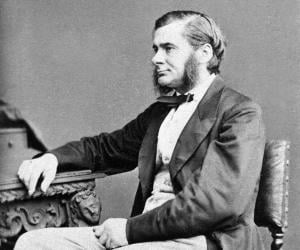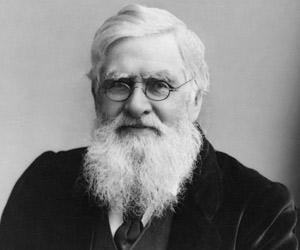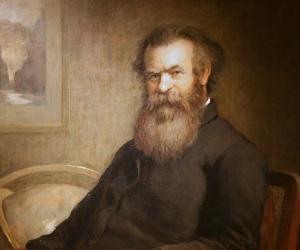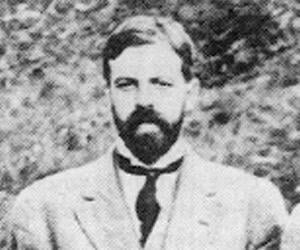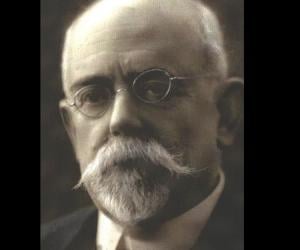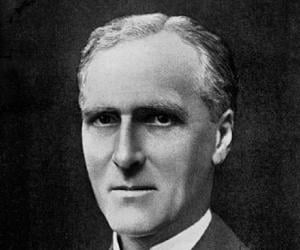Zora Neale Hurston was an author, anthropologist, and filmmaker. As an African American woman, she often depicted racial issues in the films she made. Her works also reflected her struggles as a black woman. In her early career, she conducted anthropological and ethnographic research and focused more on writing and film-making in her later years.
Remembered for his research on cultural relativism, German-born American anthropologist Franz Boas is often referred to as the Father of American Anthropology. The son of a merchant, he was a sickly child who grew up reading a lot. He also studied folklore and developed it as an academic discipline.
Herbert Spencer was the man behind the expression “survival of the fittest,” after reading Charles Darwin's iconic work On the Origin of Species. The British anthropologist, sociologist, and philosopher introduced the concept of Social Darwinism, which applied the theory of evolution to societies and social classes.
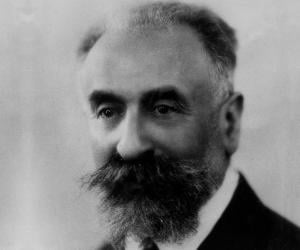
Sociologist and anthropologist Marcel Mauss is regarded as the Father of French Ethnology. Shunning his family business, he became influenced by his uncle, sociologist Émile Durkheim. His best-known work remains Essai sur le don, or The Gift. He also influenced Claude Lévi-Strauss, who founded structural anthropology.
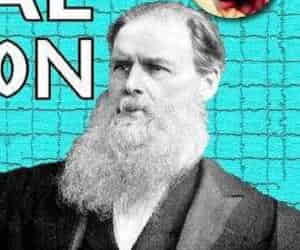
Known for his pioneering work in cultural anthropology, Edward Burnett Tylor penned iconic works such as Primitive Culture, which was partially influenced by Darwin’s theory of evolution. Born to affluent Quaker parents, he quit school to focus on his business but was later drawn to anthropology. He popularized the term animism.
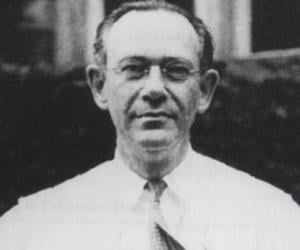
Edward Sapir was an anthropologist-linguist. He played a pivotal role in the development of the discipline of linguistics in USA. He studied Germanic linguistics at Columbia and later researched Native American languages. He was an expert in the study of Athabascan languages and Chinookan languages. He also worked with Yiddish, Hebrew, and Chinese languages.
Thomas Henry Huxley was an English biologist and anthropologist. He specialized in comparative anatomy and was a proponent of Charles Darwin's theory of evolution. Despite having little formal schooling, he went on to become one of the finest comparative anatomists of the 19th century. He was the chair of natural history at the Royal School of Mines for 31 years.
British naturalist Alfred Russel Wallace is largely remembered for his theory of evolution through natural selection, which inspired Charles Darwin’s studies. He began his career as a surveyor’s apprentice and later introduced concepts such as reinforcement in animals, also known as the Wallace effect. He was awarded the Order of Merit.
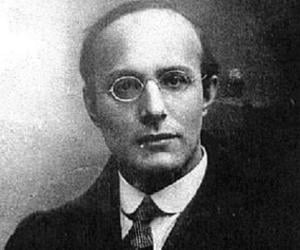
Apart from being a political economist, Karl Polanyi was also a prominent Hungarian political leader. The Great Transformation remains his best-known work. He taught at institutes such as the Columbia University and is known for proposing the idea of a cultural version of economics known as substantivism.
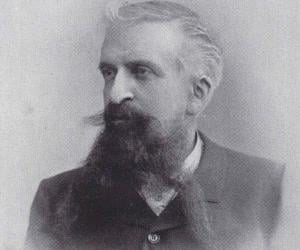
French social psychologist Gustave Le Bon is best remembered for his research on crowd psychology. In his iconic work La psychologie des foules, or The Crowd, he stated that people are driven by their emotions and not by their intellect when they act as part of a crowd.
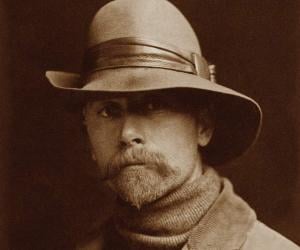
Edward S. Curtis was an American ethnologist and photographer whose work focused on the Native American people and American West. He is credited with photographing the first portrait of a Native American. Edward S. Curtis' work aimed at preserving the traditional life of Native Americans.
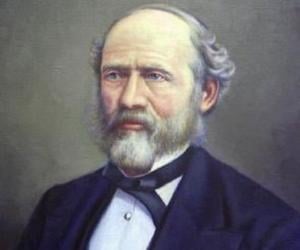
Lewis Henry Morgan was a 19th-century lawyer, anthropologist, and social theorist. A contemporary of the European social theorists and philosophers Karl Marx and Friedrich Engels, he was interested in studying what holds societies together. He originated several theories of social evolution. He was made the president of the American Association for the Advancement of Science in 1880.
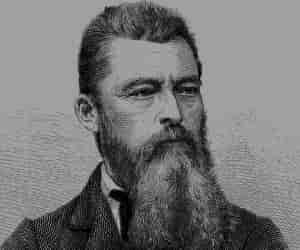
Ludwig Feuerbach was a German philosopher and anthropologist. He is best remembered for his work, The Essence of Christianity, which strongly influenced generations of future thinkers like Karl Marx, Charles Darwin, Friedrich Engels, and Sigmund Freud among others. Ludwig Feuerbach advocated atheism and his thought was influential in the progression of historical materialism.
John Wesley Powell was a geologist and explorer of the American West. He undertook a series of adventures as a young man and later joined the military. He is best known for the three-month-long geographic expedition he undertook down the Green and Colorado rivers. He was made the director of the U.S. Geological Survey in 1881.
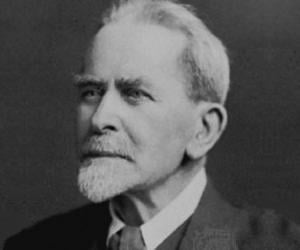
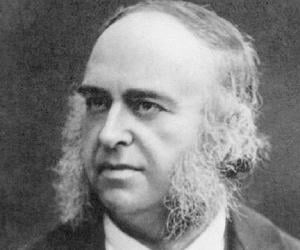
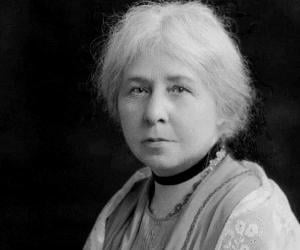
British Egyptologist and anthropologist Margaret Murray was also a scholar of witchcraft. Her best-known work is her 1921 book The Witch Cult in Western Europe, which inspired later witchcraft scholars such as Gerald B. Gardner. The University College London professor had worked in places such as Egypt, Malta, and Petra.
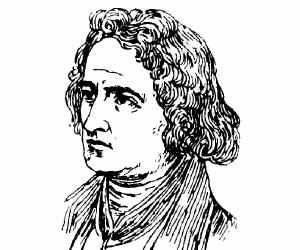
Wilhelm Grimm was a German anthropologist and author. He is best remembered as one half of the popular literary duo, the Brothers Grimm. Along with his elder brother Jacob Grimm, Wilhelm published a collection of fairy tales in 1812. It was later translated into English and came to be known as Grimms' Fairy Tales.
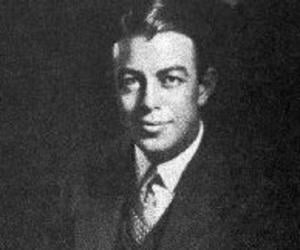
Benjamin Lee Whorf was a linguist cum fire prevention engineer. Along with his mentor Edward Sapir, he developed what is frequently called the “Sapir–Whorf hypothesis.” Even though he was a chemical engineer by profession, he developed an early interest in linguistics and presented several papers at linguistics conferences. Unfortunately, he died at the relatively young age of 44.
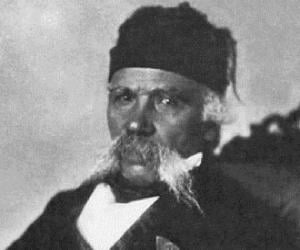
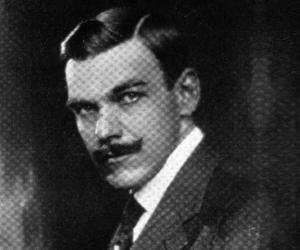
Twentieth-century American political scientist and historian Lothrop Stoddard was a Ku Klux Klan and believed in eugenics, a theory that promoted the superiority certain races based on genetics. His book The Revolt Against Civilization introduced neo-Nazi concepts. He also covered World War II as a journalist.

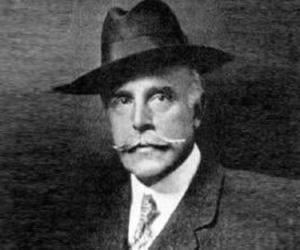
A lawyer and a zoologist, Madison Grant is best remembered for his belief in eugenics and white supremacy, which he expressed through his best-selling book The Passing of the Great Race. He played a crucial role in the passing of immigration regulations in the U.S. He was also an avid conservationist.
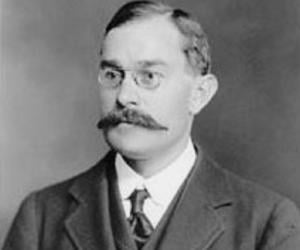
English anthropologist and psychologist W. H. R. Rivers is best remembered for his work on the Todas of the Nilgiri Hills. A qualified physician, he also taught at Cambridge and worked extensively on medical psychology. One of his best-known works is Kinship and Social Organisation.
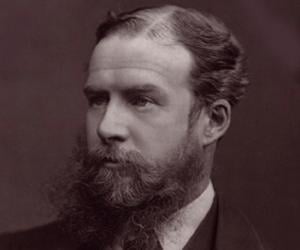
British banker John Lubbock, 1st Baron Avebury, better known as Sir John Lubbock, had also been an MP. However, he is best known for his contribution to ethnography and archaeology. He is also credited with coining the terms Paleolithic and Neolithic, and is known for his books on animal behavior.
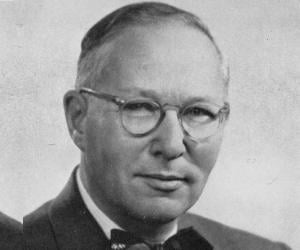
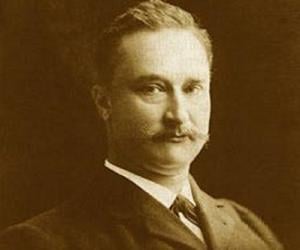
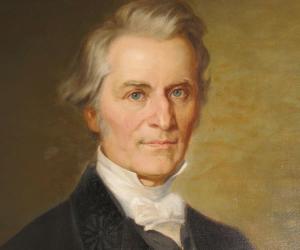
Swedish professor of anatomy Anders Retzius is best remembered for his ground-breaking research on craniometry, or the human skull. He was associated with the Karolinska Medic-Kirurgiska Institutet in Stockholm. A Royal Swedish Academy of Sciences member, he was also the father of renowned Swedish physican Gustaf Retzius.
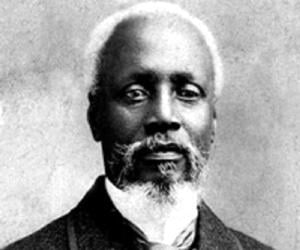
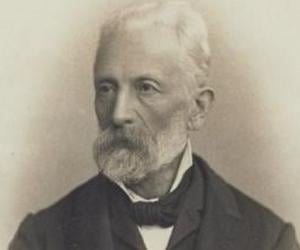
Adolf Bastian was a German polymath best known for his contributions to the progression of ethnography. He is also credited with making immense contributions to the progression of anthropology as a discipline. Bastian's theory of the Elementargedanke led to Carl Jung's theory of archetypes. Adolf Bastian's work also had a great impact on Franz Boas and Joseph Campbell.
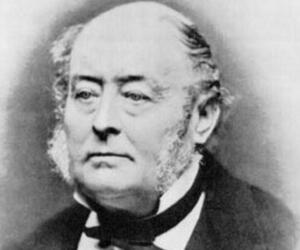
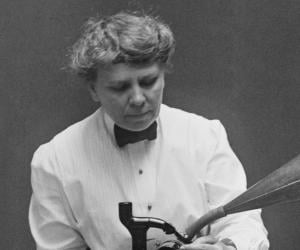
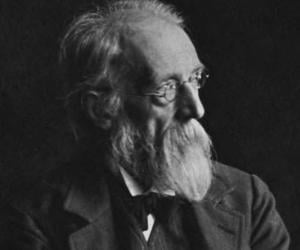
Theodor Nöldeke was a German scholar and orientalist. Apart from being an important orientalist, Nöldeke also translated the works of other prominent orientalists. He also wrote numerous studies and contributed immensely to the Encyclopædia Britannica. Theodor Nöldeke is also credited with teaching many future scholars like Louis Ginzberg and Charles Cutler Torrey.
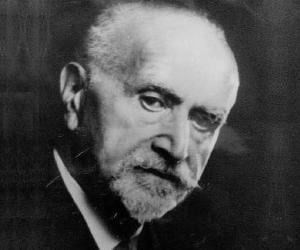
Lucien Lévy-Bruhl was a French scholar best remembered for his contributions to the fields of ethnology and sociology. Although he was trained in philosophy, Lévy-Bruhl helped further anthropology. His work had a major influence on the works of Carl Gustav Jung, especially his psychological theory.
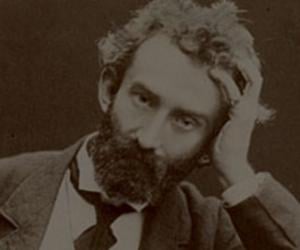
Russian explorer and anthropologist Nicholas Miklouho-Maclay was one of the first scientists to live with the indigenous community of New Guinea. Named the Moon Man by the Papuans for his ability to produce light through his lantern, he fought against slavery. He was idolized by both Russia and Australia.
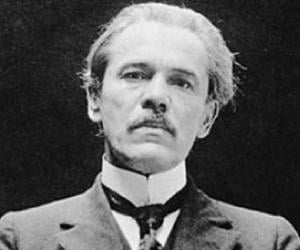
Argentine explorer Francisco Moreno, better known as Perito Moreno, is remembered as one of his country’s greatest heroes. His explorations helped define the border of Chile. He discovered Patagonian treasures such as Mount Fitz Roy and established Argentina’s first national park, Nahuel Huapi. His accolades include the Cullum Geographical Medal.
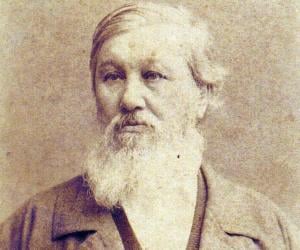
Russian naturalist and philosopher Nikolay Yakovlevich Danilevsky is remembered for opposing Darwin’s theory of evolution and for mingling Russian nationalism with his own study of natural history. He likened cultures to species and claimed that each culture was unique and could not pass on cultural traits to other cultures.
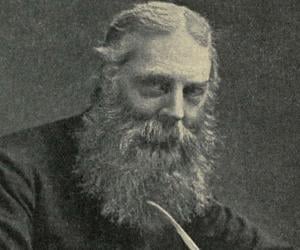
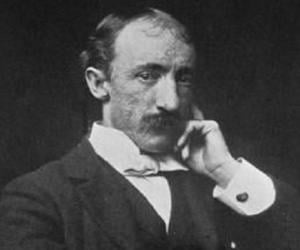

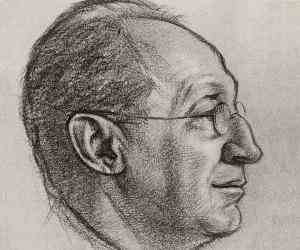
Arthur Keith was a Scottish anthropologist and anatomist. In 1893, he was honored with the first Struthers Prize for successfully demonstrating the functionality of ligaments in apes and humans. He is also credited with publishing several important works, such as An Introduction to the Study of Anthropoid Apes and A New Theory of Human Evolution.
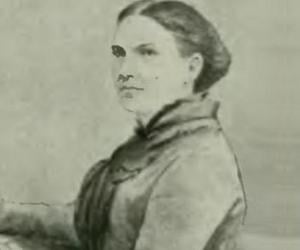

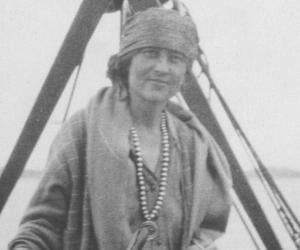

Franz Weidenreich was a German physical anthropologist and anatomist. Weidenreich, who studied evolution, is credited with pioneering the multiregional hypothesis which provides a different explanation to the standardized recent African origin model (RAO) of monogenesis. The Weidenreich Theory was supported by several anthropologists, including Carleton S. Coon.
